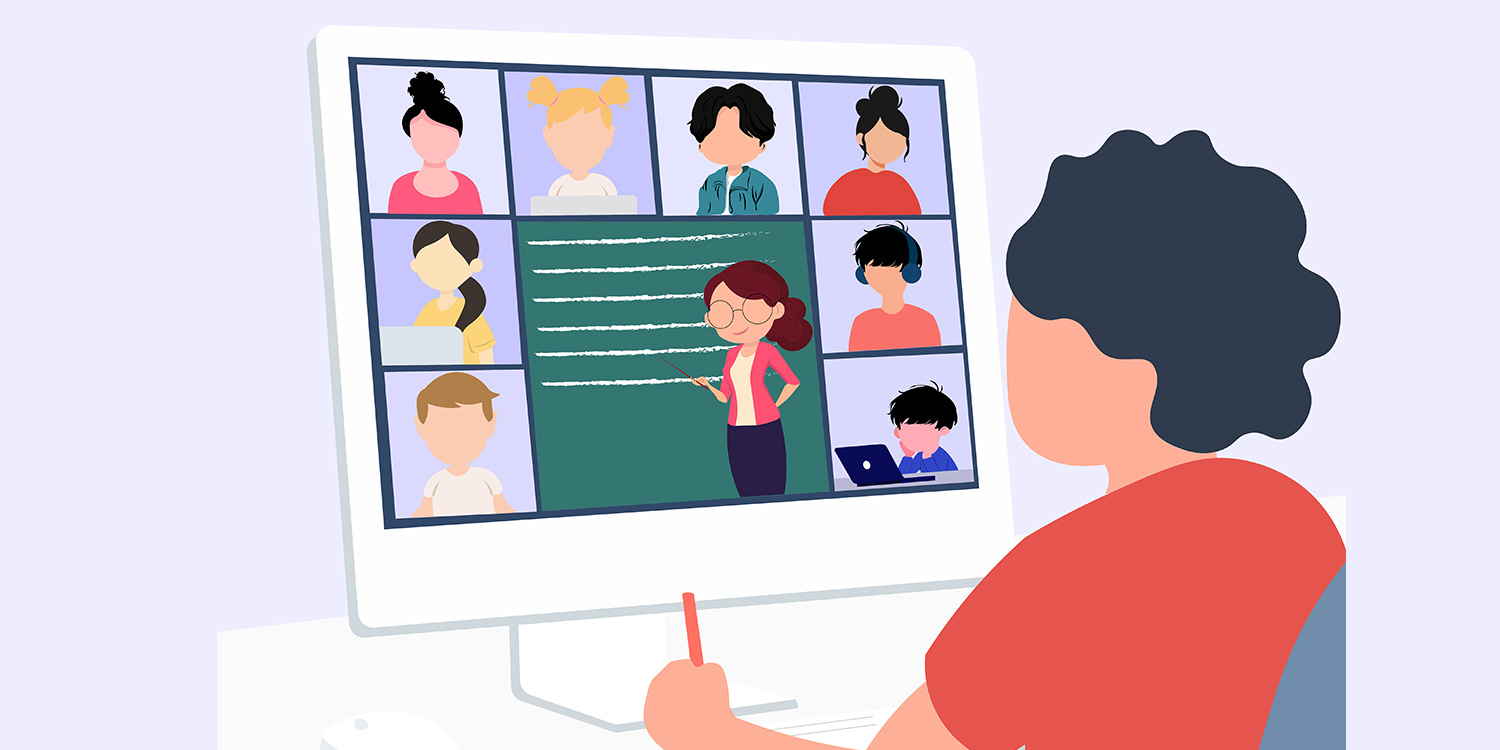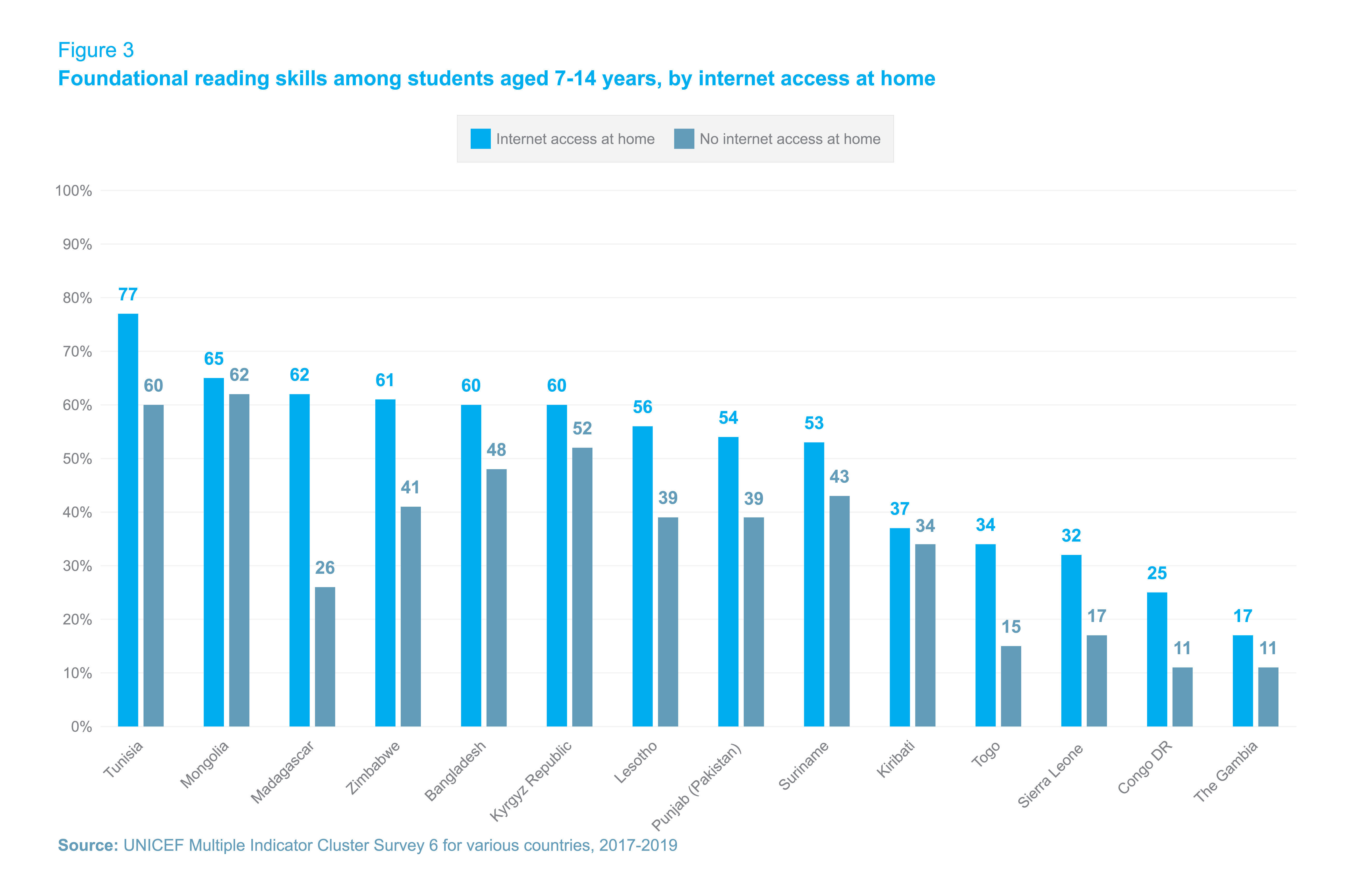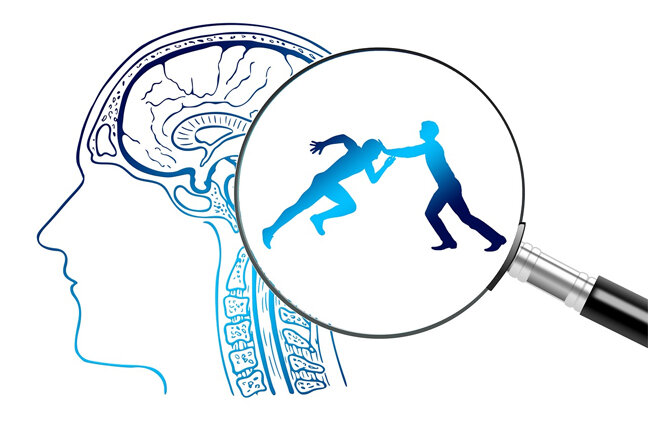Adapting Education Amidst the Pandemic Challenges

Navigating Educational Challenges Amidst the Pandemic
The global pandemic has brought about unprecedented challenges, particularly in the realm of education. In this article, we explore the multifaceted impact on educational systems, the innovative adaptations made, and the path forward for learners, educators, and institutions.
Immediate Shift to Remote Learning: A Necessary Response
As the pandemic swept across the globe, educational institutions faced an immediate need to adapt. The shift to remote learning became a critical response to ensure the safety of students and educators. This abrupt transition, while necessary, posed challenges related to technology access, digital literacy, and the ability to maintain the quality of education.
Digital Divide: Addressing Disparities in Access
One of the most pronounced challenges during the pandemic was the exacerbation of existing inequalities in education. The digital divide became glaringly evident as students from disadvantaged backgrounds faced barriers in accessing online learning tools. Bridging this gap became a priority, prompting initiatives to provide devices, internet connectivity, and digital resources to students in need.
Innovations in Online Education: Adapting to a New Normal
Amidst the challenges, the education sector witnessed a surge in innovative approaches to online learning. Virtual classrooms, interactive platforms, and digital collaboration tools became integral to the learning experience. Educators explored creative ways to engage students, fostering adaptability and resilience in the face of unprecedented circumstances.
Challenges for Educators: Navigating Remote Instruction
Educators found themselves grappling with the nuances of remote instruction. Adapting teaching methods to suit virtual environments, maintaining student engagement, and addressing diverse learning needs presented new challenges. Professional development opportunities and collaborative platforms emerged to support educators in navigating the complexities of remote teaching.
Mental Health and Well-being: Prioritizing Student Support
The isolation brought about by remote learning took a toll on students’ mental health. Institutions recognized the need to prioritize student well-being, implementing support services and mental health resources. Creating virtual communities, offering counseling services, and promoting self-care initiatives became essential components of supporting students emotionally and psychologically.
Reimagining Assessments: Beyond Traditional Testing
The shift to remote learning prompted a reevaluation of traditional assessment methods. Educators and institutions began exploring alternative ways to assess student progress, including project-based assessments, online portfolios, and collaborative assignments. This period of innovation paved the way for a more holistic approach to evaluating student learning.
The Hybrid Learning Model: Bridging the Gap
Recognizing the limitations of both in-person and fully remote learning, the hybrid learning model gained prominence. This approach blends traditional classroom instruction with online components, offering flexibility and adaptability. The hybrid model aims to provide a balanced and effective learning experience that accommodates diverse learning styles and preferences.
Building Resilience for the Future: Lessons Learned
As the education sector continues to grapple with the effects of the pandemic, the lessons learned are invaluable. Building resilience for the future involves incorporating these lessons into educational systems. Flexibility, adaptability, and a commitment to addressing disparities are crucial elements in preparing for potential future disruptions.
The Path Forward: A Collaborative Effort
Looking ahead, the path forward involves a collaborative effort from educators, policymakers, and communities. Investments in technology infrastructure, professional development for educators, and a commitment to addressing equity issues will play pivotal roles in shaping the future of education post-pandemic.
In the midst of these challenges and innovations, resources such as Education Amidst Pandemic provide valuable insights and support for navigating the complexities of the current educational landscape. This centralized hub offers guidance on remote learning, mental health resources, and strategies for building a resilient education system for the future.
Adapting to Remote Learning Challenges During the Pandemic

Navigating Education in Unprecedented Times
The global pandemic disrupted various facets of our lives, and education was no exception. As schools and universities closed their physical doors, educators, students, and parents found themselves navigating uncharted territory. Remote learning emerged as a lifeline, offering a semblance of continuity in education during these challenging times.
Challenges and Opportunities in Remote Learning
While remote learning became a necessity, it also brought forth a unique set of challenges. Students faced difficulties adapting to virtual classrooms, dealing with technology issues, and missing the social interactions inherent in traditional education settings. However, it also presented opportunities for innovation, pushing educators to explore new teaching methodologies and leverage digital tools to enhance the learning experience.
The Role of Technology in Shaping Remote Education
Technology played a pivotal role in the transformation of education during the pandemic. Virtual classrooms, video conferencing platforms, and collaborative online tools became the new norm. This shift not only facilitated real-time interaction between teachers and students but also opened up possibilities for global collaboration. The integration of technology became a catalyst for reshaping the future of education.
Remote Learning’s Impact on Student Engagement
One of the notable aspects of remote learning was its impact on student engagement. With the flexibility of accessing lectures and resources from anywhere, students had the opportunity to tailor their learning experience to suit their individual preferences. However, maintaining consistent engagement and motivation proved to be a challenge that educators and students worked together to address.
Addressing Equity Issues in Remote Education
While remote learning offered flexibility, it also highlighted existing disparities in access to technology and the internet. Not all students had equal opportunities to participate fully in virtual classrooms. Schools and policymakers recognized the importance of addressing these equity issues to ensure that education remains accessible to all, regardless of socio-economic factors.
Remote Learning as a Catalyst for Lifelong Learning
The pandemic emphasized the need for continuous adaptation and learning in a rapidly changing world. Remote learning not only served as a short-term solution but also became a catalyst for promoting lifelong learning. The skills developed during this period, such as digital literacy and self-directed learning, are valuable in preparing individuals for the evolving demands of the future.
Teacher Innovation and Professional Development
Educators found themselves at the forefront of innovation during the pandemic. Adapting lesson plans for online delivery, exploring new teaching methodologies, and incorporating interactive elements into virtual classrooms became essential skills. Professional development opportunities and collaborative platforms allowed teachers to share insights and support one another in this transformative journey.
The Emotional and Social Impact on Students
Beyond academic challenges, the shift to remote learning also had emotional and social implications for students. The absence of in-person interactions with peers and teachers took a toll on the social development of students. Schools and educators recognized the importance of fostering emotional well-being and implemented strategies to address the social aspect of learning in virtual environments.
Preparing for the Future of Education
As the world gradually recovers from the pandemic, the lessons learned from the era of remote learning will shape the future of education. Schools and educational institutions are now better prepared to integrate technology seamlessly into their curricula. The experience gained during this challenging period will contribute to a more resilient and adaptable education system.
To explore more about the impact of remote learning during the pandemic on consumer health, visit Remote Learning Pandemic. As we reflect on this transformative period in education, it is evident that the challenges posed by the pandemic have accelerated positive changes, fostering a more innovative, inclusive, and technologically advanced approach to learning.





